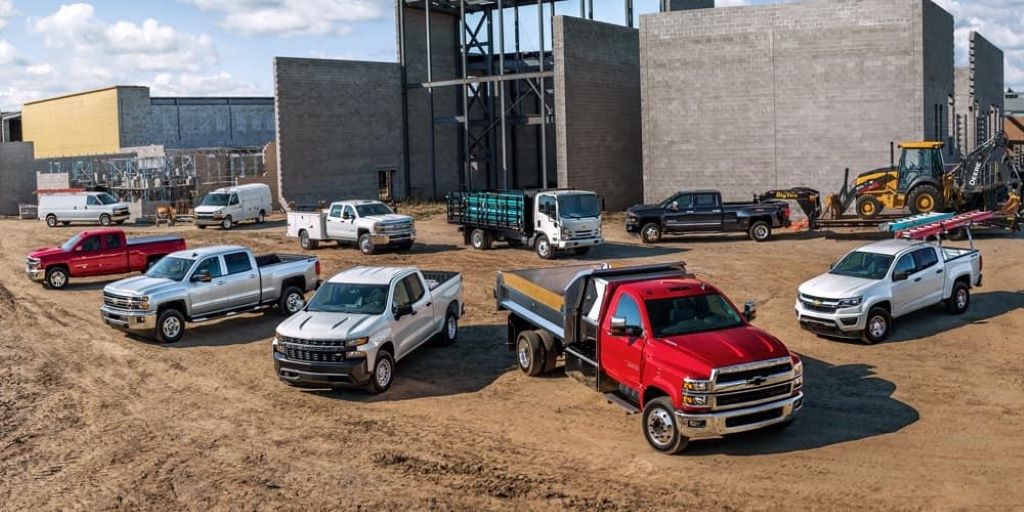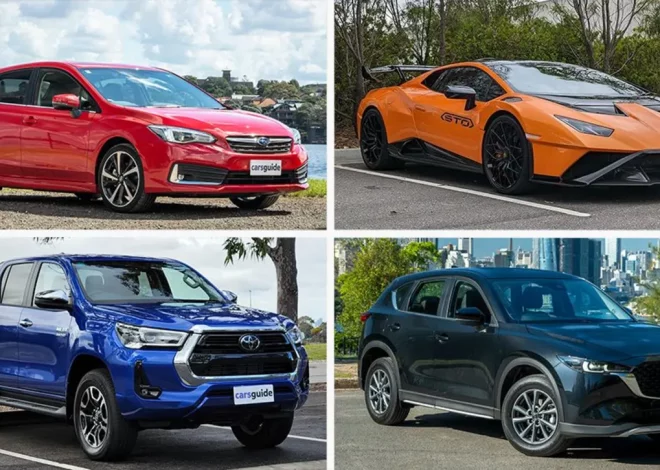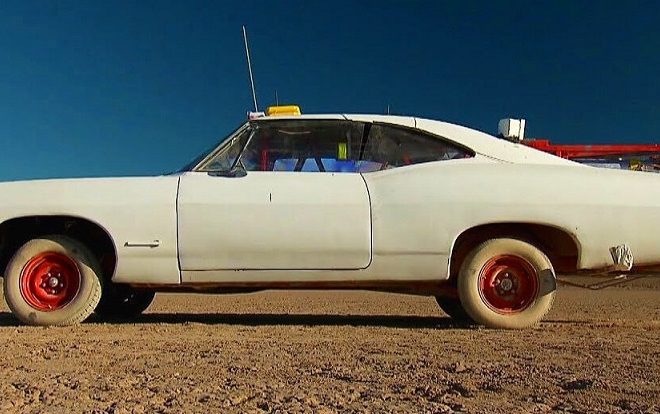
Class Act: Your Comprehensive Guide to Class 4 and 7 Vehicles
In the realm of vehicles, classification plays a pivotal role in understanding their capabilities and intended applications. Among these, Class 4 and Class 7 vehicles stand out as workhorses in various industries, catering to distinct transportation needs. This article delves into the nuances of these two classes, shedding light on their characteristics, applications, and the key factors to consider when choosing between them.
Understanding Vehicle Classification
Before we dive into the specifics of Class 4 and 7, it’s important to grasp the concept of vehicle classification. These classifications are typically based on a combination of factors, including gross vehicle weight rating (GVWR), intended use, and design features. GVWR refers to the maximum weight a vehicle can safely carry, including passengers, cargo, and the vehicle itself.
Class 4 Vehicles: The Versatile Light-Duty Trucks
Class 4 vehicles, often referred to as light-duty trucks, encompass a wide range of vehicles with GVWRs between 14,001 and 16,000 pounds. These trucks strike a balance between maneuverability and carrying capacity, making them ideal for various applications.
- Common Examples: Examples of Class 4 vehicles include smaller box trucks, flatbed trucks, tow trucks, and some delivery vans.
- Applications: Class 4 trucks are commonly used for local deliveries, landscaping services, construction projects, and as service vehicles for various industries.
- Key Features: These trucks often feature diesel or gasoline engines, automatic transmissions, and various cab configurations to suit different needs. Some models offer specialized features like liftgates, refrigeration units, or dump bodies.
Related: What is the Classification of Vehicles?
Class 7 Vehicles: The Heavy-Duty Haulers
Class 7 vehicles represent the heavier end of the medium-duty truck spectrum, with GVWRs ranging from 26,001 to 33,000 pounds. These trucks are designed for demanding tasks that require substantial carrying capacity and robust construction.
- Common Examples: Class 7 trucks include larger box trucks, beverage trucks, furniture delivery trucks, and some garbage trucks.
- Applications: These trucks are frequently used for regional deliveries, hauling heavy equipment, transporting bulk materials, and supporting infrastructure projects.
- Key Features: Class 7 trucks typically feature powerful diesel engines, manual or automated manual transmissions, and air brakes for enhanced stopping power. They often come with various axle configurations and suspension systems to accommodate different loads.
Choosing the Right Class: Factors to Consider
Selecting between a Class 4 and Class 7 vehicle involves a careful evaluation of several factors:
- Payload Capacity: Determine the maximum weight you need to carry regularly. If your loads consistently exceed 16,000 pounds, a Class 7 truck is likely necessary.
- Driving Distance: Consider the typical distances your vehicle will travel. Class 7 trucks are better suited for longer hauls due to their larger fuel tanks and more comfortable cabins.
- Maneuverability: If you frequently navigate tight spaces or urban environments, the smaller size and tighter turning radius of a Class 4 truck might be advantageous.
- Specialized Needs: Evaluate any specific requirements for your operations. Do you need a liftgate, refrigeration unit, or other specialized equipment? Ensure the chosen class can accommodate these needs.
- Budget: Class 7 trucks generally come with a higher price tag due to their larger size and more robust components. Factor in both upfront costs and long-term operating expenses when making your decision.
Maintenance and Licensing Considerations
Both Class 4 and 7 vehicles require regular maintenance to ensure optimal performance and longevity. This includes routine inspections, oil changes, tire rotations, and brake checks. Additionally, depending on your location and the specific use of the vehicle, you may need to obtain a commercial driver’s license (CDL) to operate a Class 7 truck.
In Conclusion
Class 4 and Class 7 vehicles play vital roles in numerous industries, facilitating the transportation of goods and services across diverse distances and terrains. By understanding the characteristics, applications, and key considerations associated with each class, you can make an informed decision that aligns with your specific needs and operational requirements. Whether you’re a small business owner or a fleet manager, choosing the right vehicle can significantly impact your productivity, efficiency, and bottom line.




